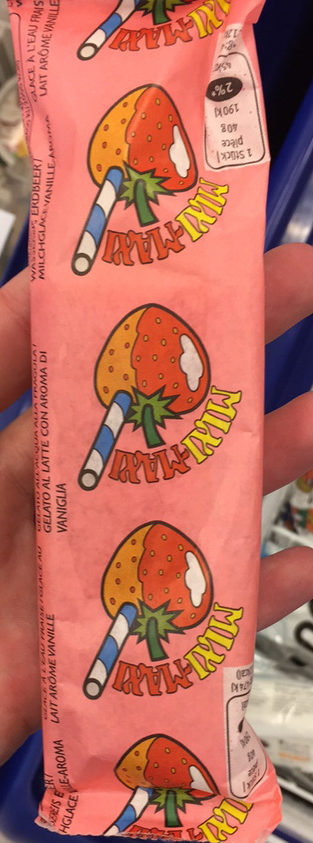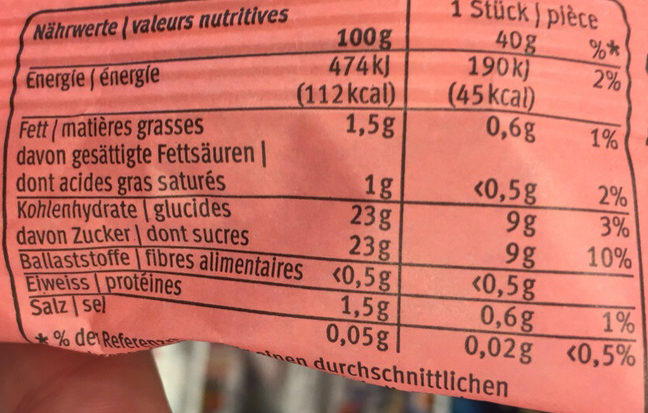Mixi-Maxi - Migros - 40 g e
This product page is not complete. You can help to complete it by editing it and adding more data from the photos we have, or by taking more photos using the app for Android or iPhone/iPad. Thank you!
×
Barcode: 7617400049664 (EAN / EAN-13)
Common name: Glace à l'eau fraise, glace au lait vanille
Quantity: 40 g e
Packaging: Plastic, Bag, Frozen
Brands: Migros
Categories: Desserts, Frozen foods, Frozen desserts, Ice creams and sorbets, Ice creams, Ice cream tubs, Ice pops, Strawberry ice cream tubs, Vanilla ice cream tubs
Link to the product page on the official site of the producer: https://produits.migros.ch/mixi-maxi
Stores: Migros
Countries where sold: Switzerland
Matching with your preferences
Environment
Carbon footprint
Packaging
Transportation
Report a problem
Data sources
Product added on by openfood-ch-import
Last edit of product page on by sebleouf.
Product page also edited by beniben, foodrepo, kiliweb, packbot, yuka.VDVCYkVvcytndVFNd3ZBaS9Bbm55SXR2NHArMFpYcXBBckk0SUE9PQ.










